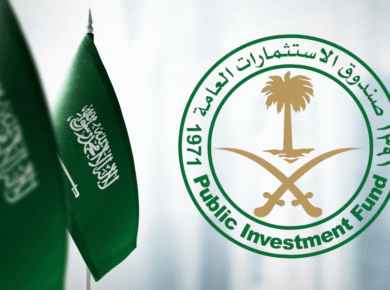ADB Capital Management Reforms Unleash $100 Billion for Asia-Pacific Development Over the Next Decade

In a groundbreaking move, the Asian Development Bank (ADB) has given the green light to capital management reforms that will inject a staggering $100 billion in fresh funding capacity into the Asia-Pacific region over the next ten years. This strategic initiative aims to combat a multitude of pressing challenges facing the region by leveraging private and domestic capital, ultimately bridging the gap from billions to trillions needed to confront the climate crisis head-on. The reforms were ushered in as part of an update to ADB’s Capital Adequacy Framework (CAF), effectively elevating the bank’s annual new commitments capacity to over $36 billion, representing a remarkable increase of approximately $10 billion or around 40 percent. This monumental expansion has been achieved by optimizing ADB’s prudential capitalization levels while keeping a watchful eye on overall risk tolerance.
Additionally, these reforms introduce a Countercyclical Lending Buffer, providing crucial support to ADB’s developing member countries (DMCs) during unexpected crises. With these measures in place, ADB is now poised to furnish up to $360 billion of its financing to its DMCs and private-sector clients over the coming decade. The objective is to ensure that ADB retains its coveted AAA credit rating while extending low-cost, long-term funding to DMCs. Furthermore, the reforms incorporate a safety net in the form of a recovery plan to safeguard ADB’s capital from erosion during financial turmoil. ADB’s capital adequacy framework undergoes review every three years, and this latest transformation marks a significant step toward fortifying its ability to facilitate vital development projects throughout the Asia-Pacific region.
ADB President Masatsugu Asakawa expressed his enthusiasm for these groundbreaking reforms, emphasizing their potential to substantially amplify ADB’s support for an array of pivotal development initiatives across Asia and the Pacific. This includes the provision of greater concessional resources to assist the region’s most vulnerable members. Mr. Asakawa stated, “Our decision today is part of ADB’s response to the call for multilateral development banks (MDBs) to do more with our resources and faster. These resources will help the region manage a complex set of overlapping crises, address gender inequality, and provide for basic needs in the context of the existential challenge of climate change. This extra lending power will be extended and leveraged further by renewed efforts to mobilize private and domestic capital and maximize the impact of our work.”
Private capital mobilization will play a pivotal role in this endeavor, serving as a linchpin in the effort to multiply billions into trillions by fostering greater private sector engagement in the development agenda. The reforms encompass a multifaceted approach, with upstream actions geared toward enhancing macroeconomic policies and creating an enabling environment for both domestic and foreign private sector investment. Midstream advisory support will be instrumental in shaping project pipelines and preparing bankable projects that can entice private-sector investment. Downstream financing mechanisms will be structured to attract private capital to development projects while also mitigating risks for private-sector partners. The combined efforts of upstream enablement and mid and downstream mobilization will effectively harness the strength of ADB’s balance sheet, exponentially increasing the resources available for the region’s development.
In conclusion, the Asian Development Bank’s capital management reforms herald a new era of financial capability and resilience in the Asia-Pacific region. By unlocking an unprecedented $100 billion in funding over the next decade and actively engaging with private and domestic capital, ADB is positioned to address the region’s most pressing challenges, from climate change to gender inequality. These reforms exemplify ADB’s commitment to fulfilling its mission with greater efficiency and effectiveness, ensuring that Asia and the Pacific are better equipped to overcome the complex and interconnected crises of our time.






cialis pharmacy online
Hello There. I found your blog using msn. That is an extremely well written article. I will be sure to bookmark it and return to read more of your helpful info. Thank you for the post. I will definitely comeback.
April 20, 2025564hv
clomid buy how to get clomid no prescription where buy generic clomiphene without prescription cost of cheap clomiphene for sale cost clomid without a prescription buy cheap clomid without prescription how to buy clomid pill
June 7, 2025